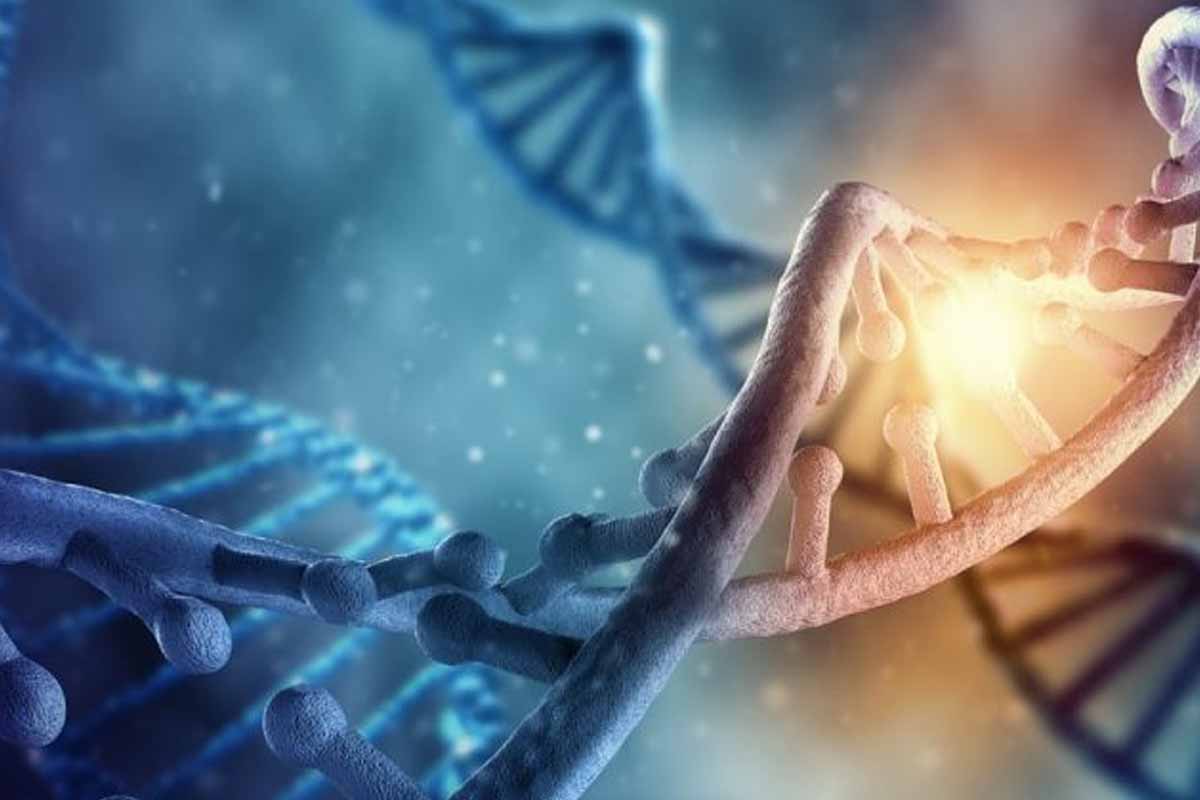Some discoveries question the very limits of human existence. This one dares to imagine a horizon where time itself no longer dictates our end. Behind this audacious idea lies a scientist convinced that our species could one day transcend every known boundary. Yet, according to him, one missing link still stands in the way, a single secret separating us from an unimaginable future for life expectancy.
The missing key to life expectancy beyond a millennium
Joao Pedro de Magalhaes, Professor of Molecular Biogeology, studies aging at the Institute of Inflammation and Ageing, University of Birmingham. He argues humans might one day survive 1,000 to 20,000 years. The claim sounds radical, yet his focus is concrete: find the missing key that halts aging at its roots.
He tracks animals that age slowly, such as the Greenland whale and the naked mole rat. Their genomes show unusual defenses against damage. Lessons from them may guide therapies in people. The goal is simple to say and hard to do: stop the biological clock from ticking.
He told ScienceAlert that two levers matter most: repair DNA and reprogram cells. The famous p53 gene, on chromosome 17, helps guard the genome. When it fails in about half of cancers, tumors grow. Loss of that control harms resilience and shortens healthy years, limiting life expectancy.
How a programmable body might slow the clock
If aging is encoded, then in theory it can be edited. Reprogrammed cells might shed damage and reset their state. Gene tools could switch faulty pathways off, or strengthen repair. The body would still live naturally, yet the deep drivers of decline would lose force. Small edits add up.
Drugs may bridge the gap while biology is perfected. Rapamycin already extends rodent life by roughly 10 to 15 percent. Doctors also use it for organ transplants. The idea is not fantasy: small gains accumulate. Each year slowed raises the odds of reaching breakthroughs. Results teach us limits too.
The researcher imagines a daily pill, like a statin, but aimed at aging. It would lower risk across systems. He remains realistic, since a cure for “forever” is distant. Even so, modest progress would reshape life expectancy for millions today. The aim is broad protection, not miracle cures.
Practical stakes, risks, and habits that really matter
Healthspan matters as much as years lived. Slowing aging would cut heart disease, cancers, and frailty, rather than one by one. People could stay active and independent. The payoff spreads across families and work, because less sickness lightens costs and preserves dignity. That improves quality of life at every age.
Best practices still count while labs push frontiers. Sleep, movement, and nutrition steady metabolism. Vaccination, screening, and blood pressure control avert silent threats. These are simple, proven levers. When combined with future therapies, they build a runway for longer, steadier life expectancy without hype. These basics still compound gains.
Risk remains, so safety must lead. Reprogramming cells might misfire, or trigger growth in the wrong tissue. DNA edits could carry side effects. Trials need careful endpoints and long follow-up. Good design protects patients, and it preserves trust when surprises appear. Guardrails must stay clear, and update as data grows.
Timelines, data, and what life expectancy gains could look like
The timeline is measured in decades, not months. The researcher does not promise eternal youth. He offers a benchmark: slow aging by five or ten percent and celebrate. That shift would rival blockbuster drugs. It would delay many diseases, and compound gains. Lifespans near a thousand years may need centuries.
History encourages ambition. In the 1920s, pneumonia killed often. Penicillin later changed the odds with simple doses. Medical playbooks can flip fast once a key arrives. Aging could follow the same arc, because biology scales ideas once a clear target and tool set emerge. It happened within a generation.
Numbers help frame expectations. Rapamycin’s 10 to 15 percent gain in mammals is one anchor. So is p53 failure in about half of cancers. Pair those facts with better DNA repair, and a healthy slope appears. These steps would steadily expand life expectancy over time. Trends bend the curve.
Ethics, equity, and society if aging slows
Longer lives reshape society, so planning cannot lag the science. Work, pensions, and education would need new paths. People might retrain more often and parent later. Cities would adapt housing and transport. Fair systems would share gains, rather than widen the gap between groups. Laws and norms would evolve too.
Access matters. Breakthroughs should not serve only a few. Public funding, open data, and broad trials speed learning and reduce costs. Regulators can set clear rules that reward real benefits. When the ground rules stay fair, innovation reaches clinics, not only elite labs. Licensing should fit the science.
Values guide the journey. Patients need truthful claims and informed consent. Communities deserve transparency about limits and unknowns. Debate should include ethicists, nurses, and caregivers, not just researchers. When many voices shape aims, longer lives strengthen cohesion and improve life expectancy for everyone. The goal is shared progress.
What this bold vision means for our near future
The road to durable longevity is long, yet it is mapped. Study resilient animals, repair DNA, and reset cells with care. Use safe drugs while bigger tools mature. Track data and share results. Pair p53 insights with rapamycin lessons and thoughtful trials. Invest for the long term, because progress compounds. Keep ethics central, so trust grows as the years do. If we hit those marks, life expectancy rises, and health rises with it.
